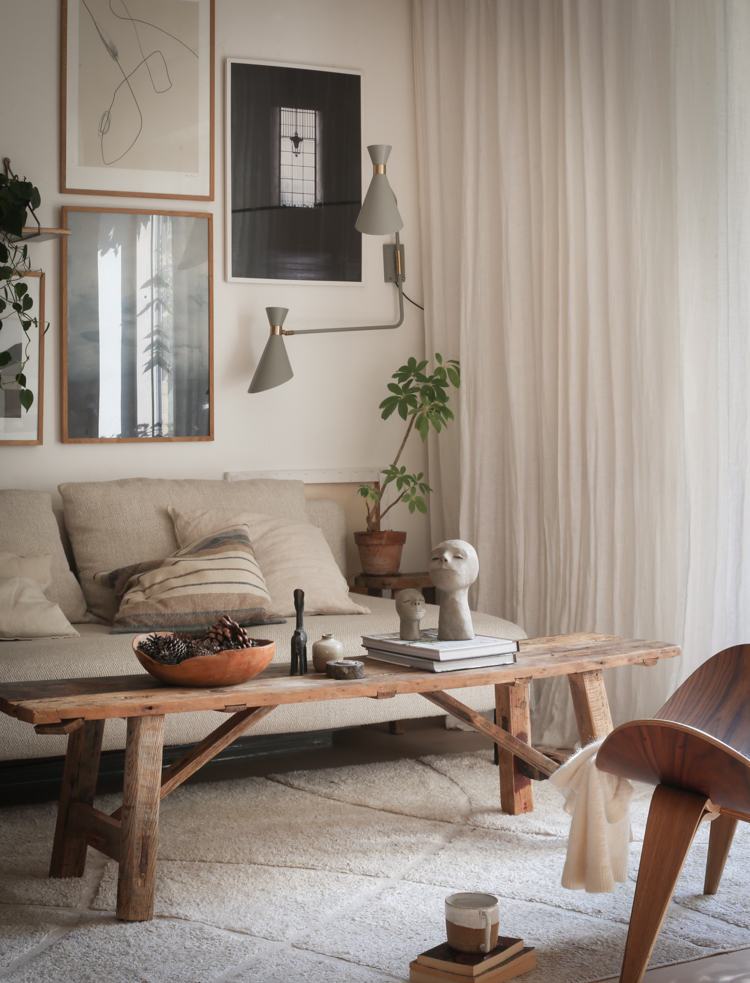This post is kindly sponsored by Carl Hansen & Søn, all words and photos are my own
While we're at the cabin, friends and family often stop by. But it's not every day we get the pleasure of a visit from two grand old Danes (not to be confused with Great Danes - which would have been fun if not a little chaotic in such a small space!). I'm talking about the furniture variety. Last week I had the honour of capturing the iconic
FH38 Windsor Chair around our cabin table. Designed by Frits Henningsen in 1938, this fine specimen has recently been reissued by
Carl Hansen & Søn - and it's just as delightful and beautifully crafted today as it was back in the thirties. Read on to see more pics and find out more!
The designer
Often, when it comes to understanding the history of these fine iconic design pieces, the designer is a good place to start. Frits Henningsen had a passion for high quality craftsmanship, and unlike most cabinetmakers at that time, always designed his own furniture. He had a vibrant personality and liked to give new expressions to traditional designs, taking his inspiration from the French Empire, Rococo and British 17th century furniture.
Nostalgia
The moment I took these fine high-backed chairs out of the box and examined their solid wooden saddle-shaped seats and spindles, familiarity washed over me and I was immediately transported to my childhood in England. Variations of the Windsor chair are said to have been in British homes from as early as the 17th century. Even so, I'm not sure I remember them being quite as elegant as this!
The details
Frits' take on the Windsor chair is really special. Made from solid FSC certified oak using multiple carpentry techniques, it's a perfect example of traditional craftsmanship fine-tined over centuries. I particularly love that it's still sanded by hand today.
The design is somewhere between a dining chair and a lounge chair, so theoretically, you could use it in the kitchen or sitting room (a leather seat cushion is available for extra comfort, although the gentle curves do mean it's surprisingly comfortable as it is).
What a great visit, and an honour to shoot such an iconic chair. Who knows, maybe I'll invest in my own FH38 Windsor Chair one day (they come in the choice of three different types of oak - oil, smoked oil, and soap oil, this is the oil version, in case you're also curious).
Very tempting, I must say!
Oh, and in case you're wondering what's in the bowl on the side:
Our neighbours have an incredible plum tree. Every morning they leave a basket of the most sweet and juicy plums by the fence for us. My mother-in-law made a great batch of plum chutney with them last week so we'll be enjoying them well into the autumn now!
Right (slaps thighs English style), time for the weekend! I hope you've got some relaxing plans ahead? We'll be spending some days up here, most likely reading in the
Plico chair, while eking out the last few days of summer - I spy a 13 C / 55 F on the forecast next week - worrying indeed!
Vi ses på Måndag, vänner!
Niki










 10
10















































